5 Questions for Choosing the Best Loyalty Program Rewards
Whether you’re implementing an exclusive VIP rewards structure or a customer referral initiative, your loyalty program’s success depends on the specifics of the rewards you offer.
Choosing the right rewards means analyzing what your digital business or app has to offer, and learning what motivates your customers. It’s vital that users see the value in participating in your loyalty program to ensure its long-term viability.
To help you get it right, we’re kicking off a multi-part series on our blog with everything you need to know about choosing the right rewards. You're reading Part 1 now!
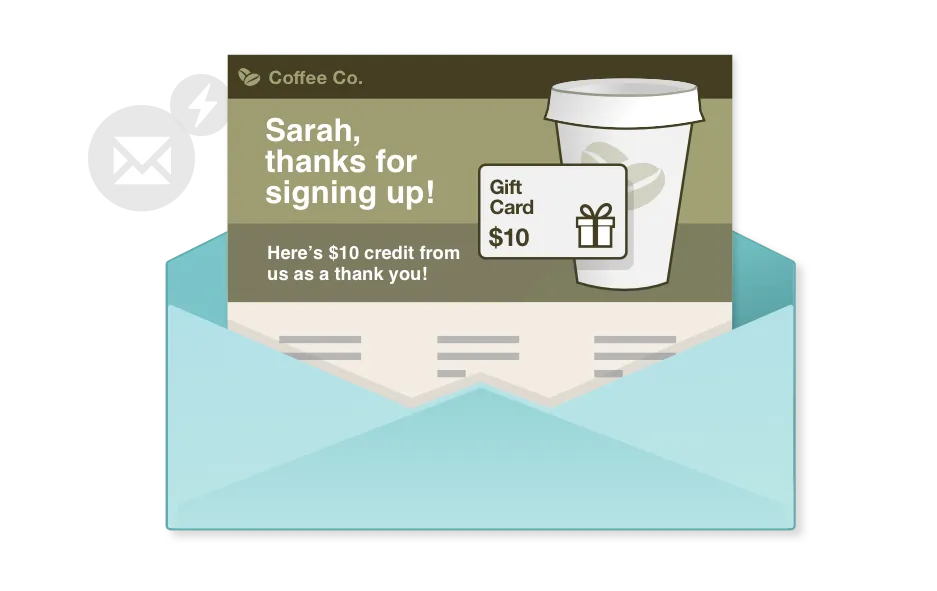
In our series, you’ll learn how to:
- Select rewards that attract and keep the right kinds of customers
- Offer optimal value (to customers) while remaining financially viable (for the business)
- Track and leverage reward data for continuous improvement
A successful program matches its rewards with the needs, desires and beliefs of its customers and target audience.
A study from the Harvard Business Review revealed that 64% of consumers base their brand relationships off of shared values, highlighting the importance of properly evaluating your buyers.
We’re starting out the series with some great questions you need to ask yourself to help decide which rewards make the best incentive for your loyalty program.
Part 1: Ask the Right Questions
1 - Who are your customers?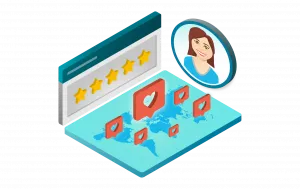
Consider the differences in the buyer's decision-making process and personal motivations.
For example if you’re selling to end-users (B2C) or a business's users (B2B), even though they may be the same person, they’re likely to value very different things based on how they’re interacting with you.
Think about it - when selling to the representative of another business, this person is likely not responsible for making the final purchase decision, nor are they personally paying for your service. A discount on their company’s bill is not likely to excite them. This means that in a B2B situation, digital gift card rewards are a great option to grant personal value.
Conversely, in a B2C environment, the buyer is personally responsible for their spending with your business and will be motivated by a reward that helps them save money. A discount on their purchase is a good choice that also keeps the user engaged with your product.
Follow-up questions:
- Are you selling directly to the buyer or to a representative?
- What kind of employee (if any) is interacting with your product/service?
- What is your user thinking about when using your product?
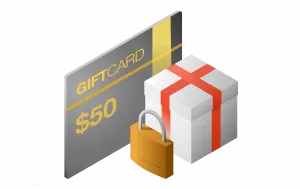
2 - What motivates your customers?
Even though 75% of consumers say they favor companies that offer rewards, knowing exactly what rewards motivate your customers to take action is one of your most valuable pieces of information.
If you’re not sure what the answer is - ask!
Reach out to your customers for feedback using focus groups, online surveys, social media polls, or calling campaigns to take out the guesswork.
Differences in motivation stem from many variables.
For example, if you’re trying to incentivize your free trial users to refer a friend, they’ll be less motivated by a discount, given they are not currently paying for your service. This segment is more likely motivated by a gift card or complimentary feature upgrade.
Follow-up questions:
- Does your customer value saving money or getting exclusive offers more?
- Is there something that costs you very little that your customer values very much?
- What channels can you use to reach your customers or target audience?
3 - What are your business goals?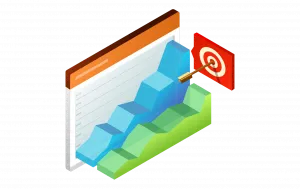
The rewards you choose have a direct impact on how users engage with your product or service and contribute to your bottom line.
Before you select your rewards, it’s important that you’ve clearly defined your business goals. Be sure to work with all the key stakeholders to get a sense of goals and priorities. While a rewards program can achieve multiple goals, it will achieve none if they aren’t clearly defined.
If you’re focused on driving brand loyalty, consider rewards that promote a broader use of your product, like feature upgrades or access to an internal currency after hitting a certain usage milestone. For example, Dropbox (a subscription-based cloud file storage service) offers extra storage space to referrers and referred users after successful conversions.
If you’re running a customer acquisition program, try giving new signups their first month 50% off once they are referred by an existing user. A reward that requires direct engagement with your product or service will increase your chances of customer retention.
Follow-up questions:
- What are your top three reasons for launching a loyalty program for your business?
- What metrics are you using to determine the program’s success?
- What are your customer acquisition costs?
4 - How are your customers buying?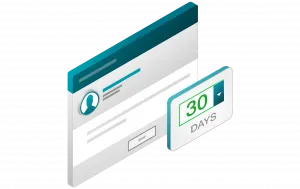
Does your business rely on transactional purchases, repeat purchases (like a subscription model) or one-time, high-value purchases?
Companies in the subscription, SaaS and on-demand spaces usually benefit from non-cash rewards that can be applied directly to a customer’s next purchase such as an account upgrade, new feature access, or free credit. This keeps the customer’s spending in-house and helps them derive more value from your business.
Did you know that non-cash incentives are 24% more effective at boosting performance than cash incentives?
If you’re trying to incentivize referrals for a high-ticket item that people typically only purchase once (like a mattress or a bicycle), consider motivating the referring customer with a gift card and offering the referred, new customer, a discount on their purchase.
When done right, you can influence customers to positively associate your brand with the product they obtain from their gift card redemption.
Follow-up questions:
- How does your business generate revenue?
- How many purchases does a typical customer make, and how often?
- Do you rely on multiple purchases from individual customers?
- What is a customer’s lifetime value?
5 - What resources are you dedicating to your loyalty program?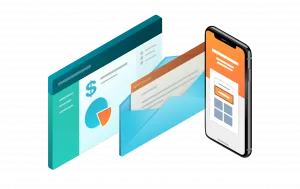
Human Resources: Consider the capacity of your marketing and sales teams, and how much time you can dedicate to the fulfillment of your customer’s rewards.
When dealing with limited human resources, consider rewards that can be automatically sent out, such as digital gift cards, in-app credit or coupon codes.
This is where dedicated loyalty program software comes in handy by helping you offer personalized rewards without the burden of manual fulfillment and tracking.
When referral tools are used, companies are 3x more likely to accelerate referral generation and conversion, yet only 22% have a tool in place to effectively scale their programs.
Financial Resources: It’s clear you’ll need to incur a financial cost either in terms of forgone revenue or cash payouts, but a well-structured program with the right rewards will more than offset this with the profit from your new and loyal customers.
Later on in this blog series, we’ll cover financial forecasting to ensure you’re providing the best amount of reward value given your company’s financial position. Don’t worry - we’ll use some simple equations to make it straightforward even for those who don’t like math.
Follow-up questions:
- What members of your team will be creating and managing your loyalty program?
- How much time are they allocating to program maintenance?
- What percentage of your marketing budget are you dedicating to this program?
- Have you budgeted for a 3rd party loyalty platform to support your program?
Wrap Up
To get started with choosing the right rewards for your loyalty program, sit down with your team to answer the following questions:
- Who are our customers?
- What motivates our customers?
- What are our business goals?
- How are our customers buying?
- What resources do we have for a loyalty program?
Check back soon for more guidance on choosing the best rewards for your loyalty program.
Part 2 is out now! Learn how to measure the financial sustainability of your loyalty rewards program with our simple formulas and free tools!